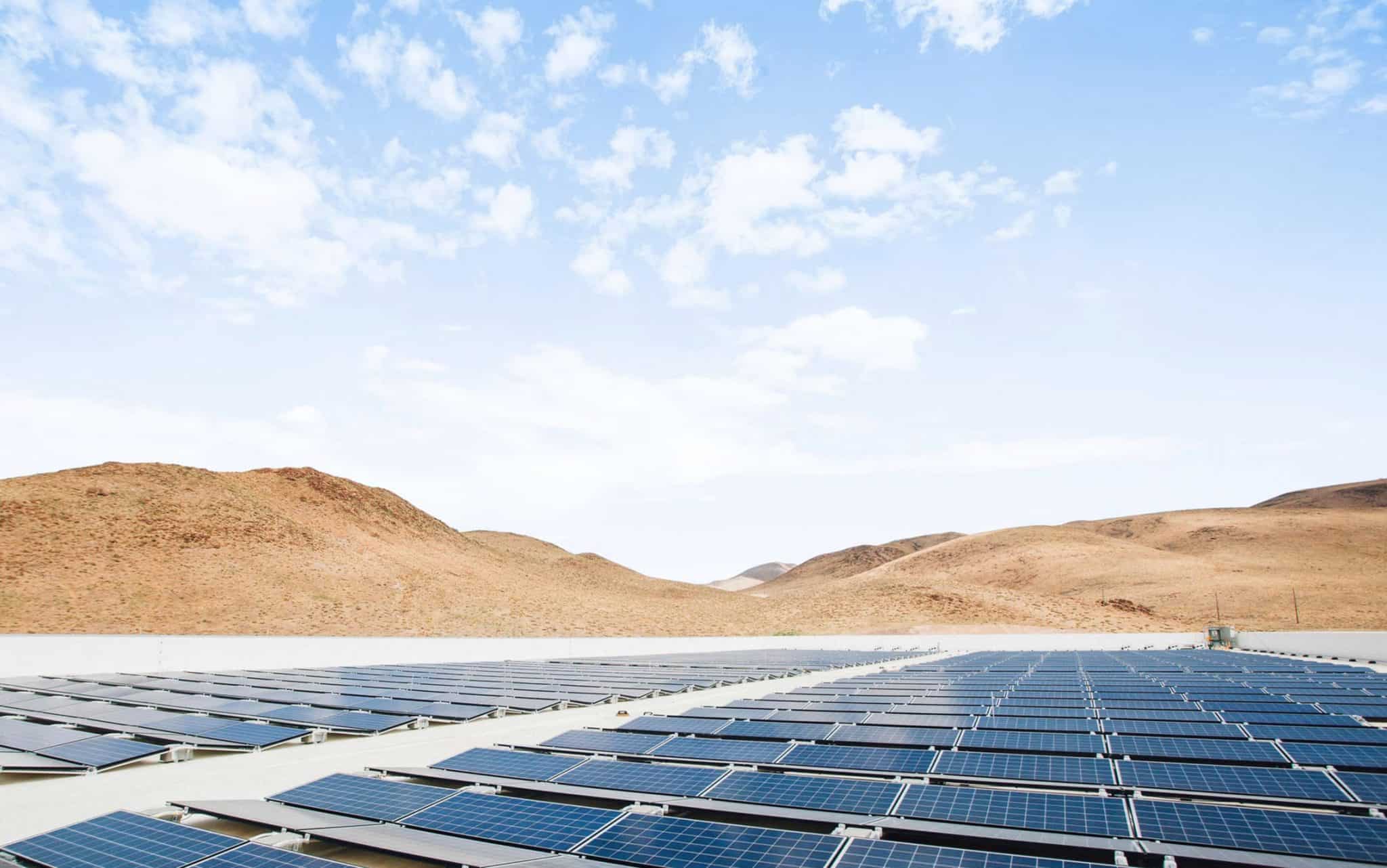During the COP28 climate conference held in Dubai last month, world leaders from over 130 national governments agreed to set a goal to triple world renewable energy installations by 2030. While more effort is needed to reach that goal, one energy organization has predicted that renewables will overtake coal generation as the world’s largest electricity source in early 2025.
The International Energy Agency (IEA) released its Renewables 2023 report earlier this month, marking the first of the organization’s comprehensive climate analyses released since the 2030 goal was set at the COP28 conference. The report contains countless important insights about the next several years in renewable energy, as well as details about the sector’s expansion in 2023.
“The report shows that under existing policies and market conditions, global renewable power capacity is now expected to grow to 7,300 GW over the 2023-28 period covered by the forecast,” the IEA wrote in a press release. “Solar PV and wind account for 95% of the expansion, with renewables overtaking coal to become the largest source of global electricity generation by early 2025.”
In addition to the 2025 prediction, the agency notes that global renewable energy capacity added to energy systems increased by 50 percent in 2025, and it expects the industry to enter the largest growth period yet over the next five years.
Despite the optimistic tone, the IEA also says that renewable energy expansion will need to accelerate even more to reach the COP28 2030 goal, and the world faces the primary barrier of financing for these projects in emerging and developing economies.
“But despite the unprecedented growth over the past 12 months, the world needs to go further to triple capacity by 2030, which countries agreed to do at COP28,” the release continues.
Renewable energy sources detailed in the report include both utility-scale solar photovoltaic (PV) systems and distributed solar PV systems (like Tesla’s Virtual Power Plant pilots using Powerwalls), hydro power, onshore and offshore wind, and other smaller sources like H2 production, concentrating solar power, ocean, bioenergy and geothermal.
“Onshore wind and solar PV are cheaper today than new fossil fuel plants almost everywhere and cheaper than existing fossil fuel plants in most countries,” says Faith Birol, IEA executive director. “There are still some big hurdles to overcome, including the difficult global macroeconomic environment.”
“For me, the most important challenge for the international community is rapidly scaling up financing and deployment of renewables in most emerging and developing economies, many of which are being left behind in the new energy economy. Success in meeting the tripling goal will hinge on this.”

